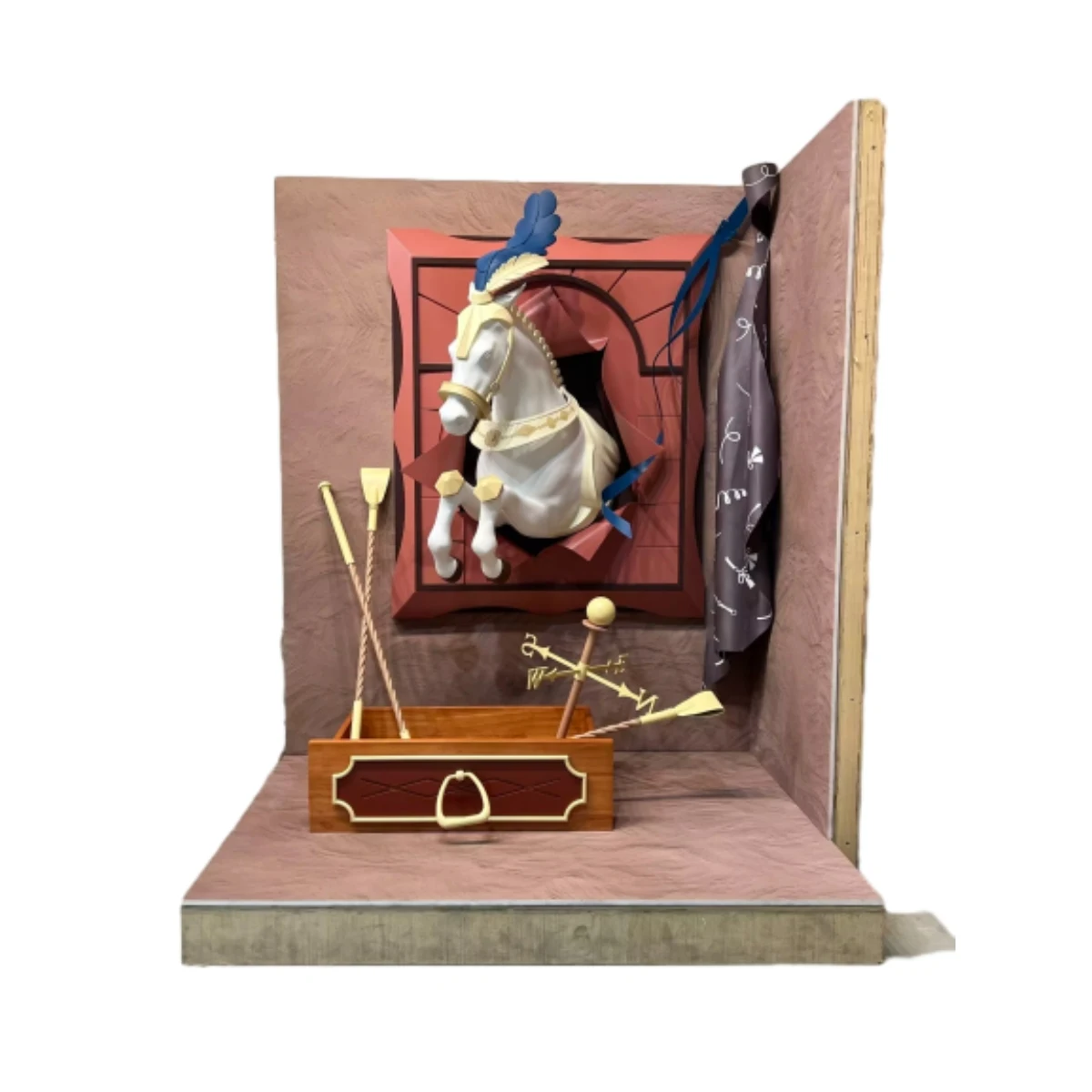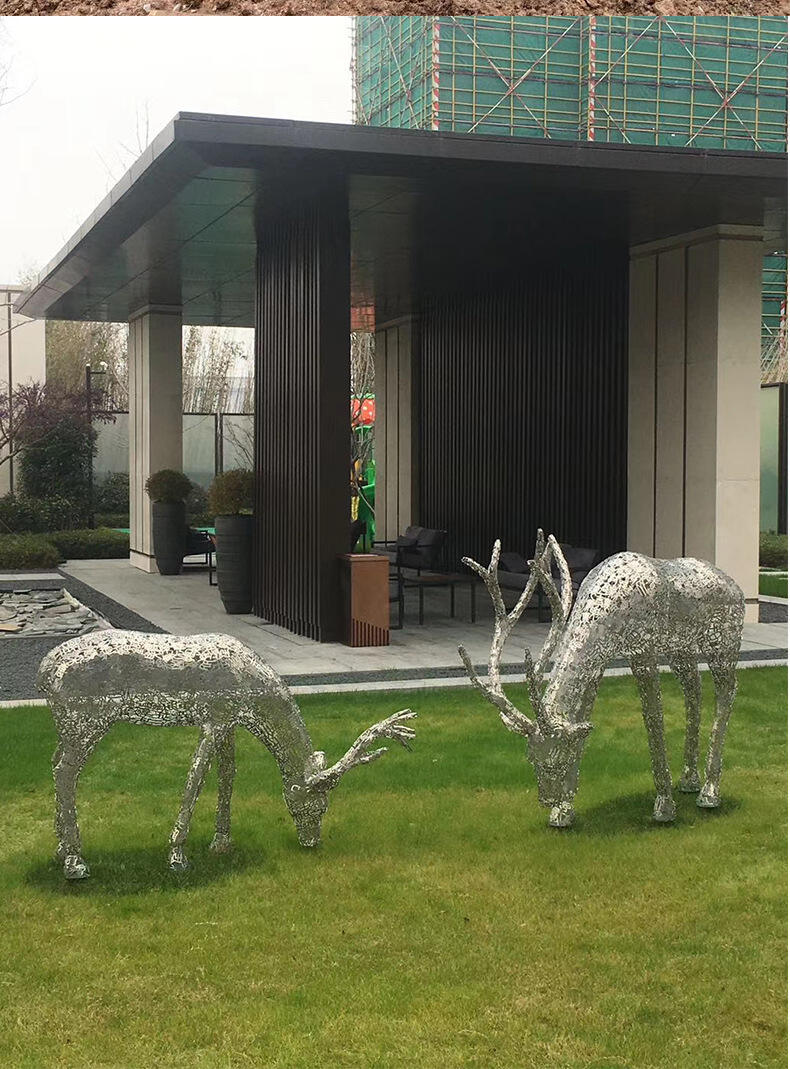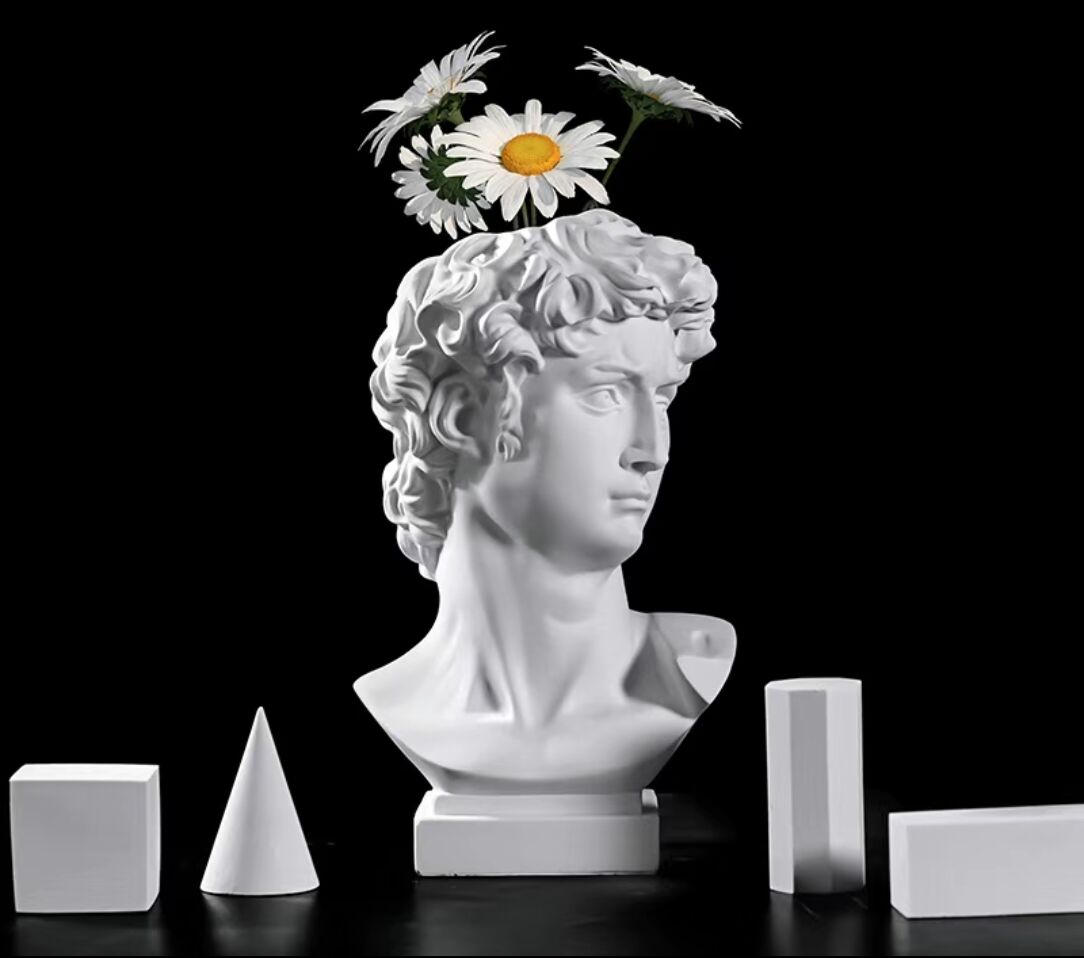greek god sculptures
Greek god sculptures represent one of the most significant artistic achievements of ancient civilization, embodying the classical ideals of beauty, proportion, and divine perfection. These masterpieces, typically carved from marble or cast in bronze, showcase the remarkable skill of ancient sculptors in capturing the human form with unprecedented anatomical accuracy and artistic grace. The sculptures serve multiple functions: religious devotion, architectural decoration, and cultural preservation. They feature innovative technological aspects including the contrapposto stance, which creates a natural, dynamic pose, and the development of the lost-wax casting technique for bronze works. These sculptures were often created using specialized tools like chisels, rasps, and drills, with artists employing mathematical principles of proportion to achieve idealized human forms. The sculptures found applications in temples, public spaces, and private collections, serving as objects of worship, symbols of civic pride, and educational tools for studying human anatomy. Modern reproductions continue to be created using both traditional methods and contemporary techniques such as 3D scanning and CNC milling, allowing these classical works to influence current artistic practices.











